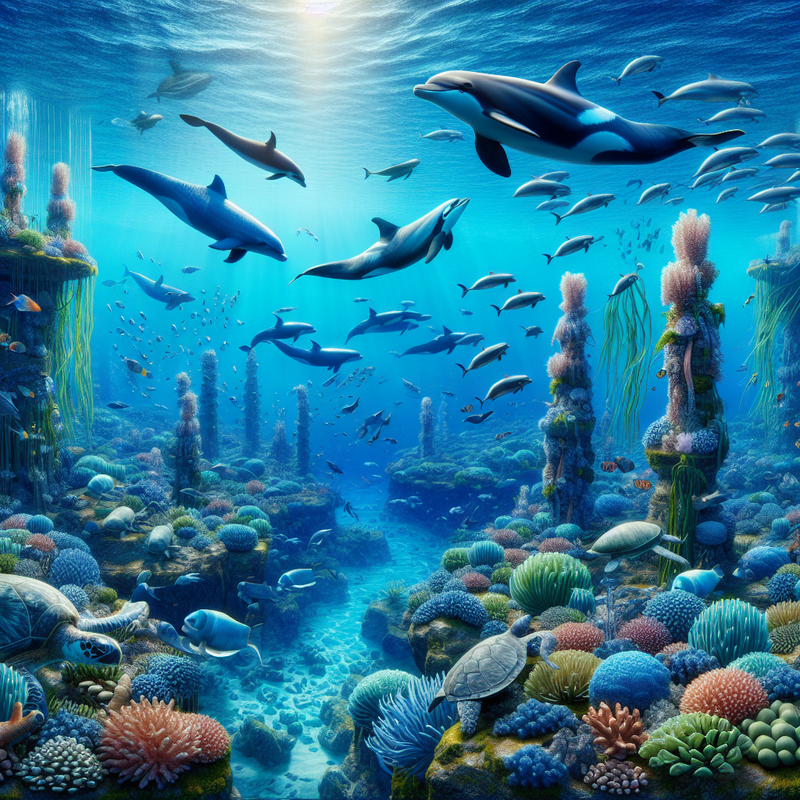The Permanent Aquatic Heritage of Dolphins and Orcas
Research in evolutionary biology suggests that dolphins and killer whales, commonly known as orcas, have progressed to a stage where reverting to a terrestrial lifestyle is an impossibility. This significant evolutionary stage underscores the irreversible direction of certain evolutionary routes, emphasizing that not every physical characteristic can be undone.
The Unalterable Life in the Depths
Throughout the storied history of our planet, numerous creatures have made remarkable leaps from water to land and vice versa. Ancestral fish made the monumental evolution into land-dwelling tetrapods around 375 million years ago. Circa 50 million years past, a number of land mammals took to the sea once more, giving rise to the lineages that include today’s whales, dolphins, and seals. Though some species have the versatility to prosper in varying habitats, dolphins and orcas have fine-tuned their existence so exclusively to the sea that life on land is no longer a feasible pathway.
The fixed nature of these adaptations poses critical inquiries regarding the preservation of species and the balance of ecosystems. As the repercussions of climate change and oceanic contamination escalate, these sea mammals face an ever-expanding spectrum of perils. Contrary to more adaptable species that possess the agility to migrate or adapt to differing habitats, these creatures are inexorably linked with their aquatic homes.
Cetacean Brainpower and Anatomical Specialization
Within the cetacean family, dolphins and orcas have developed remarkable physiological features and cerebral capacities explicitly designed for oceanic survival. Dolphins boast extra bones in their flippers and tail fins that allow for efficient navigation of water currents. Orcas exhibit complex societal hierarchies, varied communication skills, and coordinated predation techniques. Their advanced intellect and physical adaptations such as sleek forms and sonar capabilities unequivocally anchor them to the marine environment.
In stark contrast to pinnipeds like seals and sea lions that still exhibit some land-based mobility, cetaceans have irreversibly renounced their land-dwelling attributes. Every aspect of their being, from the bone structure to the respiratory functions, is tuned to the demands of underwater life, reinforcing their unwavering maritime evolutionary path.
The Direction of Marine Conservation Efforts
Comprehending the permanent nature of these evolutionary advancements is key to shaping conservation measures. Acknowledging that certain creatures, including dolphins and orcas, are confined to their aquatic habitats, impels conservationists to forge more targeted strategies to safeguard their solely oceanic existence. As humanity faces ongoing ecological trials, the instance of cetaceans emphasizes the intricate realities of adaptive processes and survival, serving as a poignant reminder that some evolutionary gateways, once sealed, remain shut eternally.
















